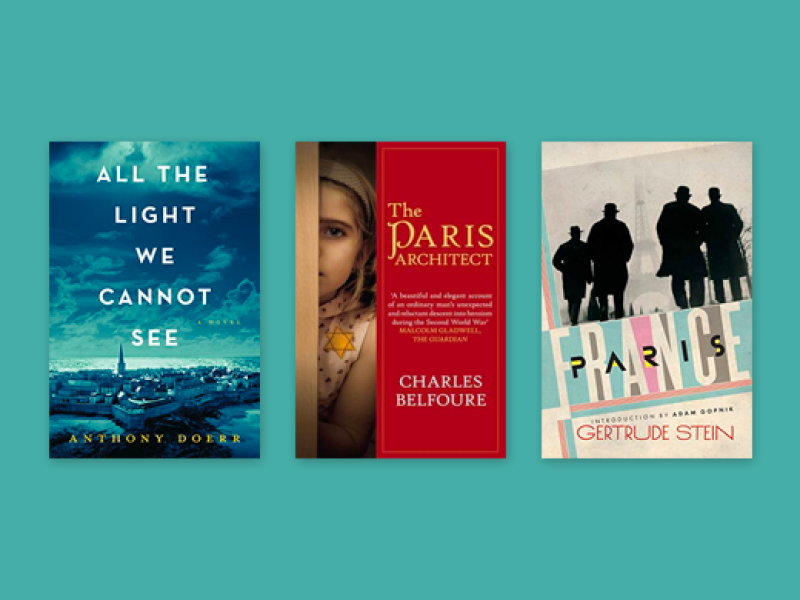Environmental writing has a long history. Thomas Bewick's A History of British Birds, published in two volumes in 1797 and 1804, was the first field guide for birds. In 1854, Walden by Henry David Thoreau sparked the back-to-nature movement.
The genre took a dramatic turn in the 20th century with the publication of a series of books that highlighted the dangers faced by various environments and species. The 19th century themes of appreciation and understanding were joined by concern for the environment’s future, and demands for conservation and preservation. Our list features 10 environmental books, in no particular order, that have raised important issues about the world around us.












